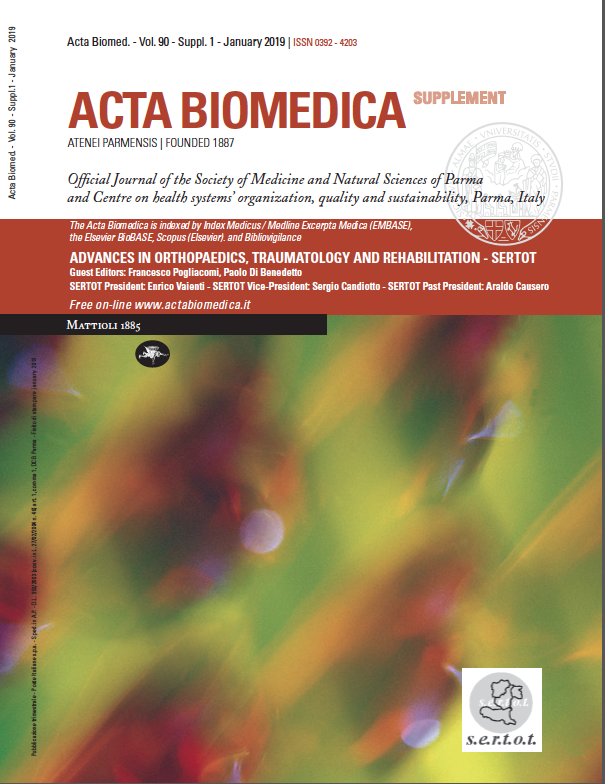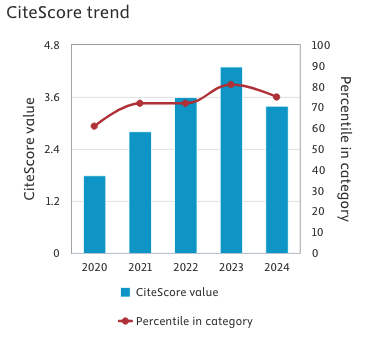Unusual case of hypotenar Hammer Syndrome and carpal tunnel syndrome association
Keywords:
hypothenar Hammer Syndrome, ulnar arter, ulnar nerve, median nerveAbstract
Background and aim of the work: Hypothenar Hammer Syndrome is a relatively rare disease process caused by repetitive stress or injury to the hypothenar eminence leading to chronic injury to the ulnar artery. Our study reports an unusual case. Methods: A 57 years old Plumber presented in April 2016 with a history of constant pain and recurrent paresthesia involving the fingers of the right hand for several months, over the previous 1 year, his hand had become more intolerant of exposure to cold temperatures. Angio-RNM and electromyography were performed and showed a severe double compression of ulnar and median nerve and an ulnar artery deformity without thrombosis. Surgery was performed under sedation and axillary anesthesia. Results: After surgery patient’ symptoms immediately improved, and within a few months, his hand had normalized. Conclusion: Hypothenar Hammer Syndrome is a rare disease process which manifests in certain occupations and activities that put undue stress on the hypothenar area. Furthermore, the carpal tunnel syndrome, a pressure damage of the median nerve, caused by repetitive manual tasks with flexion and extension of wrist has been added as well as hypothenar hammer syndrome which are vascular damages of hand caused by shock-type application of force.
Downloads
Published
Issue
Section
License
This is an Open Access article distributed under the terms of the Creative Commons Attribution License (https://creativecommons.org/licenses/by-nc/4.0) which permits unrestricted use, distribution, and reproduction in any medium, provided the original work is properly cited.
Transfer of Copyright and Permission to Reproduce Parts of Published Papers.
Authors retain the copyright for their published work. No formal permission will be required to reproduce parts (tables or illustrations) of published papers, provided the source is quoted appropriately and reproduction has no commercial intent. Reproductions with commercial intent will require written permission and payment of royalties.







